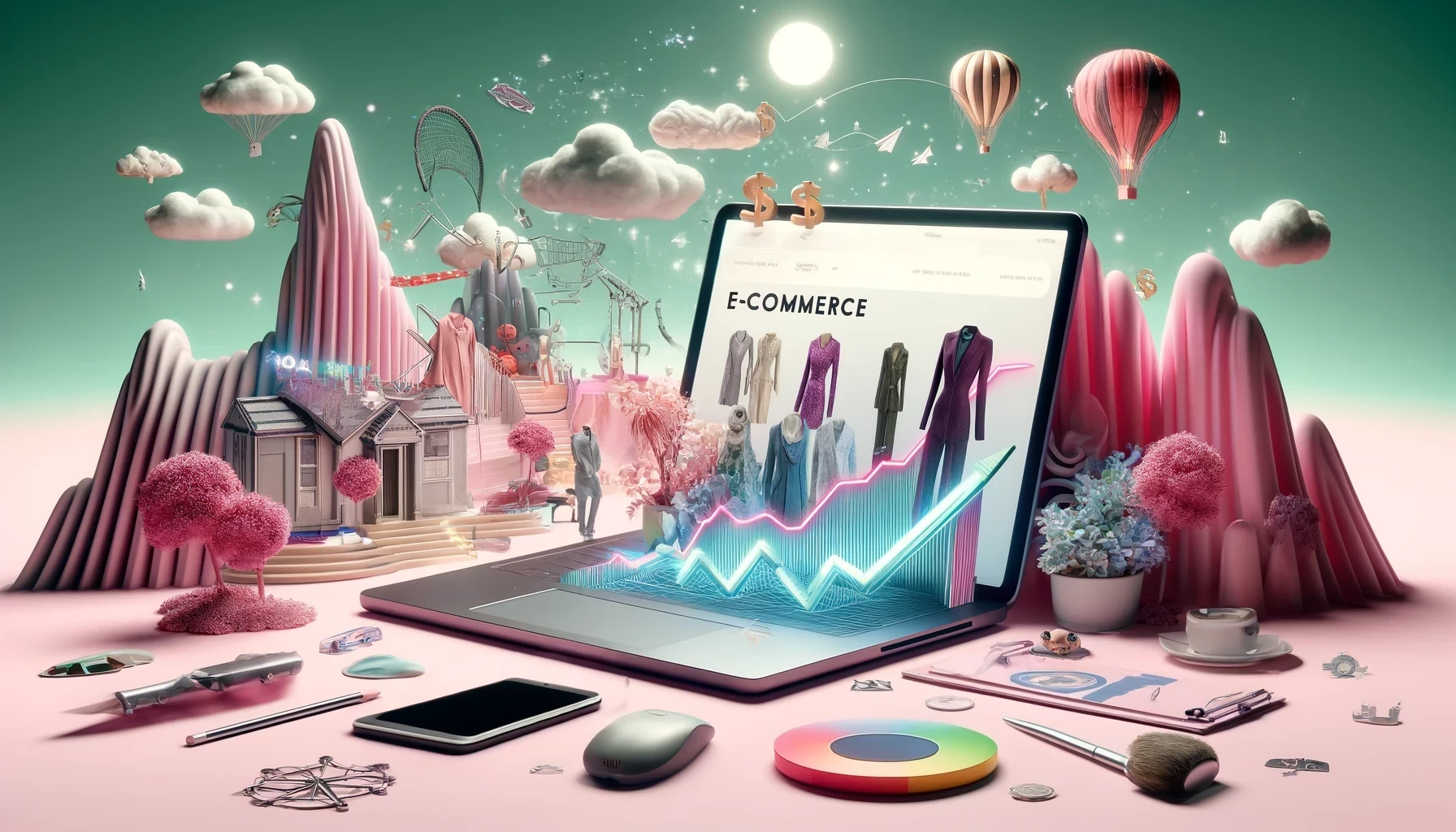Marketing best practices for small businesses continually change, but changes will be more significant than usual in 2022, primarily because of:
- Advances in technology that support personalization
- Changes from Google that put more emphasis on user experience (UX)
- Pandemic-related market conditions that have changed buyer preferences
Because small businesses are more nimble than large organizations, they have an opportunity to capitalize on these changes and gain an important edge in 2022 — even over much larger competitors. Let’s take a closer look at what is changing and how you can improve marketing results by refocusing on the things that matter most.
1. Personalization
That every customer wants to be treated like your only customer has always been true. In the old days, when live sales calls were the norm, this benchmark was attainable. But in the digital age, until recently, highly personalized marketing materials and website UX were beyond the budget and technological reach of most small companies.
However, AI and other technological innovations have now enabled even small organizations with limited marketing budgets to add a variety of personalized marketing features to their digital marketing assets.
How important is personalization? An in-depth 2020 analysis and market overview from ResearchGate provides some (astounding) answers. Among the many findings:
- 77% of companies using personalization had revenue growth in 2018 (Monetateresearch).
- 72% of consumers are willing to share personal information in exchange for well-executed personalization (Smart Insights).
- Personalization can increase marketing ROI by 500%-800% (McKinsey).
Personalization is beneficial for customers as well as sellers. In 2022, you can take advantage of the opportunity to personalize marketing in several ways. Among the best options:
Add chatbot functionality to your website.
Chatbots enable you to personally engage website visitors 24/7, preventing online orders or sales leads from drifting away. In addition, chatbots streamline the handling of reservations, order status updates, general inquiries, and payment processing. For a small business, using marketing dollars to strengthen operations as well as sales and marketing makes chatbots a highly attractive investment.
Personalize, or upgrade personalization of email marketing.
Email management platforms are now capable of sophisticated personalization of subject lines, launch times, and content. Emails can be further personalized to incorporate offers and calls to action based on prior buying or browsing information.
Personalize your website experience.
For e-commerce and lead generation websites, displaying product recommendations based on your prospect/customer’s buying and browsing history is appreciated — and drives more orders and leads. In addition, giving users a measure of control by enabling them to personalize their default payment options and define sections of the site they want to see, further deepens personal engagement.
2. User Experience (UX)

Image source: Unsplash
In May 2020, Google introduced something called Core Web Vitals (CWV), which is a set of ranking signals (some new, some old) the company intends to expand as time goes on. CWV, firmly in place for 2022, is Google’s most aggressive action yet in making UX part of its organic ranking algorithm.
Making your website SEO-friendly by following CWV guidelines makes sense: Sites delivering a poor user experience are likely to be ranked lower. However, the need for a great website UX goes far beyond SEO, as Google’s own explanation makes clear. Google states in its introduction to CWV:
- “If page load time increases from 1 to 3 seconds, the bounce rate increases 32%.
- “If page load time increases from 1 second to 6 seconds, bounce rate increases by 106%.”
Naturally, Google doesn’t want to serve its search engine users links to pages with poor page loading. But you don’t want that either, regardless of how visitors find your site!
In 2022, improving site speed should be a priority. Hosting issues; the size, number, and formatting of images; browser problems; and many other things affect page loading speed. Assess your page loading performance and take corrective action if necessary. In addition, other UX-related improvements that help SEO, improve customer engagement, and increase lead/revenue generation include:
- Improving your mobile website UX in every way possible
- Adding relevant photos and video to the website, email marketing, and other digital marketing communications
- Simplifying contact forms and shopping cart/checkout processes
- Clearly communicating user-friendly privacy policies
- Offering a dark mode viewing option to your site (it’s easier on the eyes)
- And, of course, implementing personalization features as noted in the first section.
3. Meeting New Buyer Preferences
COVID forced changes onto consumers and business buyers alike — but guess what? Some of those changes turned out to be things consumers and business buyers really like. Going into 2022, many pandemic-driven adaptations have clearly become marketing standards that will persist long after the virus is gone.
Small businesses can capitalize on these new preferences in several ways, to make their marketing more engaging, persuasive, and effective in meeting goals for revenue generation, brand awareness, and customer loyalty. Here are the most important things to do going into next year.
Add BOPIS (buy online, pick up in-store) functionality.
Thanks to COVID, when retail shopping and dining out became rarities, BOPIS became wildly popular. In 2019, 68% of consumers used click-and-collect services but they were offered mainly by large retailers. Because of its popularity now, small businesses serving a local market, whether B2C or B2B, should add BOPIS capabilities to their websites and other customer interface platforms such as Facebook. Customers like convenience, speed, and flexibility.
Use virtual meetings to replace or complement live events.
Thanks to COVID, “Zoom” has become another trademark used as a generic term, like Ketchup or Q-tip. But whether because of the pandemic, travel budgets, or scheduling conflicts, your customers and prospects now hope for, expect, and appreciate virtual engagement. Use today’s simple, user-friendly, and robust platforms to host webinars, training sessions, quarterly client meetings, product introductions, and sales presentations.
Promote safety in your physical location(s).
Whether it’s COVID, flu, or the common cold, people are now much more careful when shopping, dining out, or visiting an office. Your marketing communications and actions should promote safety — not just to protect your employees, customers, and visitors, but also to convey your commitment to health and wellness. Communicating health and wellness as a business priority assures satisfied customers today and ensures long-term customer relationships moving forward. Important steps to take include:
- Maintaining social distancing with directional and positioning floor decals
- Implementing contactless checkout
- Putting hand sanitizer stations in or near high traffic areas
- Reconfiguring lobby layouts to support social distancing
- Keeping facilities clean
Sum up
As always, effective marketing is built on understanding changing customer needs and expectations. Although the many changes coming in 2022 will require small companies to re-think or reprioritize marketing plans, the good news is that next year, those changes are clearer than they normally are. Clarity takes quite a bit of guesswork out of marketing and in so doing, makes success more achievable.
Brad Shorr is Director of Content Strategy at Straight North, a Chicago-based Internet marketing company that specializes in SEO, PPC, and custom web design services. Brad has written for leading online publications including Forbes and Entrepreneur, and for the American Marketing Association.







